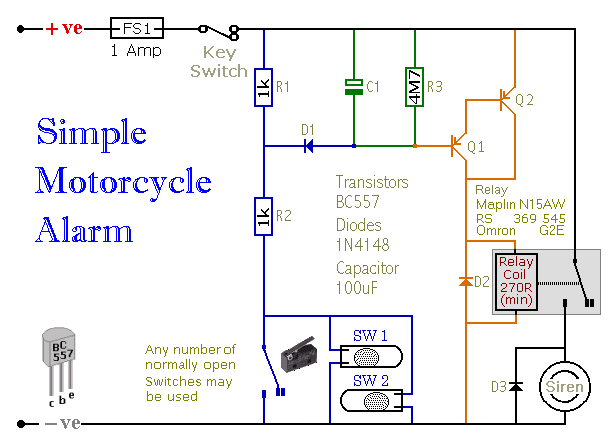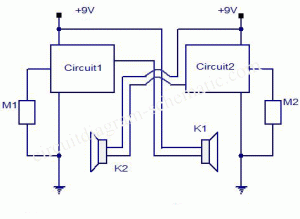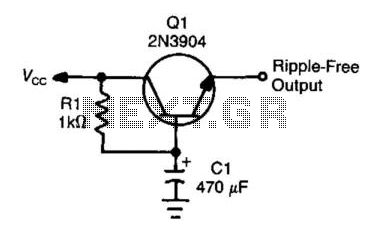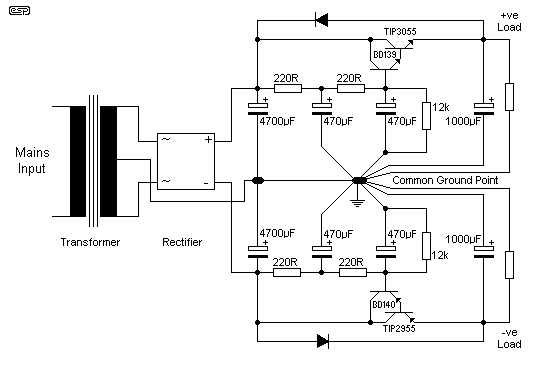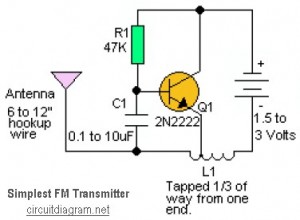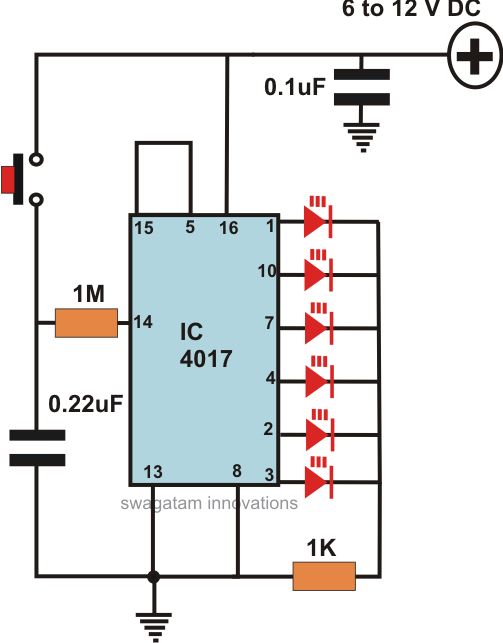
Simple Low-Frequency Receiver
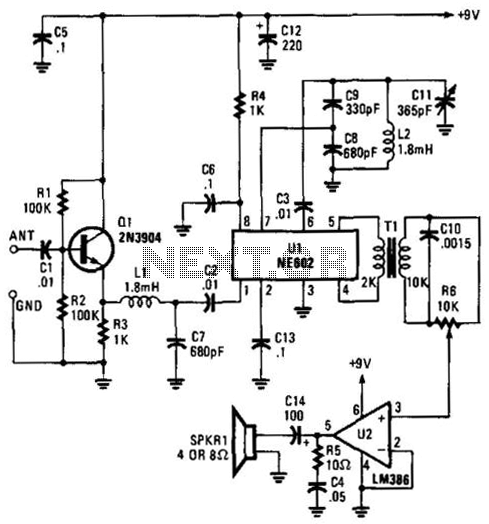
Using an NE602 heterodyne detector and U1 as an RF amplifier, this receiver tunes the middle portion of the low-frequency spectrum from 150 to 250 kHz. U2 is a loudspeaker amplifier.
The described circuit employs an NE602 integrated circuit as a heterodyne detector, which is a key component in radio frequency (RF) applications. The NE602 is designed to perform mixing and detection, facilitating the conversion of RF signals to intermediate frequencies (IF) suitable for further processing. In this configuration, U1 serves as the RF amplifier, enhancing weak incoming signals within the specified frequency range of 150 to 250 kHz. This amplification is crucial for improving the signal-to-noise ratio before the signal is fed into the NE602 for detection.
The heterodyne detection process involves mixing the incoming RF signal with a local oscillator signal within the NE602. This mixing generates two new frequencies: the sum and the difference of the original frequencies. The difference frequency, which falls within the audible range, is typically selected for further amplification and processing. The NE602's internal architecture allows for effective filtering and amplification of the desired signal, minimizing unwanted noise and interference.
U2, designated as the loudspeaker amplifier, is responsible for driving the output to a loudspeaker, allowing the demodulated audio signal to be heard. This stage typically includes additional filtering and amplification to ensure that the output audio is clear and adequately powered for the loudspeaker. The overall design of this receiver circuit is optimized for low-frequency reception, making it suitable for applications such as amateur radio, experimental audio transmission, or low-frequency broadcasting.
To enhance performance, careful attention should be given to component selection, layout, and grounding practices. Additionally, the choice of local oscillator frequency and the quality of the RF amplifier can significantly impact the receiver's sensitivity and selectivity. Proper shielding and filtering techniques may also be implemented to further reduce interference from other RF sources. Using an NE602 heterodyne detector and Ul as an RF amplifier, this receiver tunes the middle portion of the l ow-frequency spectrum from 150 to 250 kHz. U2 is a loudspeaker amplifier.
The described circuit employs an NE602 integrated circuit as a heterodyne detector, which is a key component in radio frequency (RF) applications. The NE602 is designed to perform mixing and detection, facilitating the conversion of RF signals to intermediate frequencies (IF) suitable for further processing. In this configuration, U1 serves as the RF amplifier, enhancing weak incoming signals within the specified frequency range of 150 to 250 kHz. This amplification is crucial for improving the signal-to-noise ratio before the signal is fed into the NE602 for detection.
The heterodyne detection process involves mixing the incoming RF signal with a local oscillator signal within the NE602. This mixing generates two new frequencies: the sum and the difference of the original frequencies. The difference frequency, which falls within the audible range, is typically selected for further amplification and processing. The NE602's internal architecture allows for effective filtering and amplification of the desired signal, minimizing unwanted noise and interference.
U2, designated as the loudspeaker amplifier, is responsible for driving the output to a loudspeaker, allowing the demodulated audio signal to be heard. This stage typically includes additional filtering and amplification to ensure that the output audio is clear and adequately powered for the loudspeaker. The overall design of this receiver circuit is optimized for low-frequency reception, making it suitable for applications such as amateur radio, experimental audio transmission, or low-frequency broadcasting.
To enhance performance, careful attention should be given to component selection, layout, and grounding practices. Additionally, the choice of local oscillator frequency and the quality of the RF amplifier can significantly impact the receiver's sensitivity and selectivity. Proper shielding and filtering techniques may also be implemented to further reduce interference from other RF sources. Using an NE602 heterodyne detector and Ul as an RF amplifier, this receiver tunes the middle portion of the l ow-frequency spectrum from 150 to 250 kHz. U2 is a loudspeaker amplifier.
